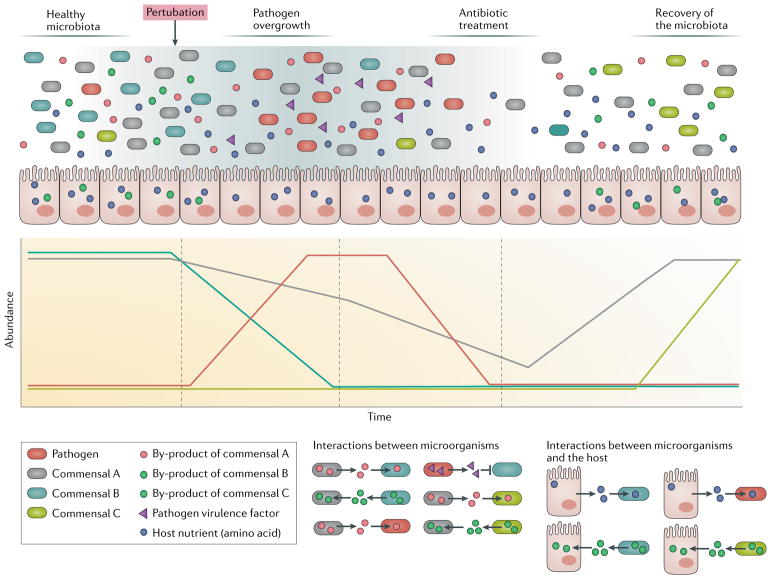Fig. 3. Microbial community perturbation and resilience.
A healthy, human microbial community exchanges nutrients among commensal members (indicated by grey, blue and green ovals) and the host through an intricate network of interactions. Coloured lines indicate microbial abundance (total number of cells) over time. The healthy microbiota consumes available nutrients (blue dots), produces metabolites for other members (different species or strains) and for the host (red and green dots), and inhibits pathogen growth. Upon perturbation, the abundance of and composition in the gut commensal microbial community can change, creating an opportunity for pathogen overgrowth. During infection, amino-acid-auxotrophic pathogens, such as Staphylococcus aureus71, Bacillus anthracis94 or Streptococcus pyogenes4 (red ovals), compete with commensal bacteria for host amino acids (blue dots) and promote physiological changes in the host by releasing toxins (purple triangles), thus triggering inflammation. Antibiotic treatment leads to a decrease in microbial abundance that affects not only commensals but also pathogens. Over time, the abundance and diversity of the microbiota recovers. However, the composition of the new microbiota may differ to the initial state, which results in new interactions among commensals to maintain functionality and equilibrium of the microbial community67.

